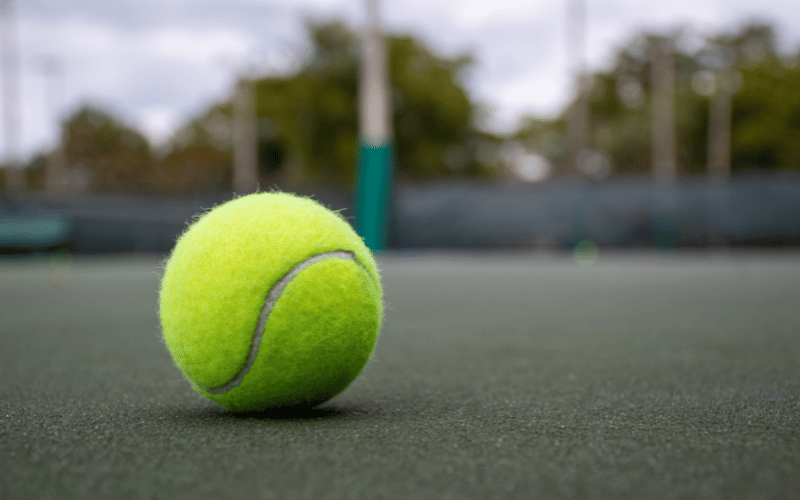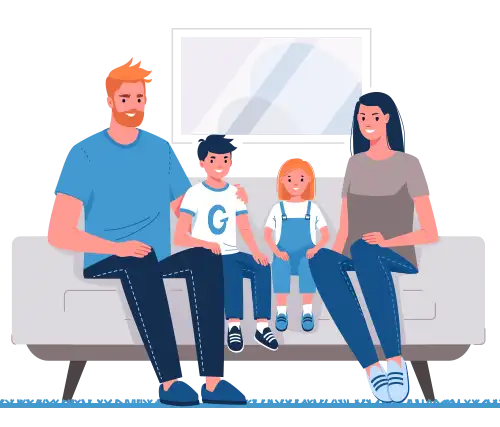
Say Goodbye To Snoring: The Tennis Ball Trick For Quality Sleep
Health Tips
Published: 10 October 2023 14:38 CET
Updated: 25 March 2025 15:10 CET
Snoring, the nighttime cacophony that disrupts not only the sleep of its creators but also that of roommates, affects a staggering 40% of the population in Spain, according to Dosfarma.
Beyond being a mere annoyance, snoring can serve as a red flag for underlying health issues, resulting in restless nights for all involved.
Fortunately, a simple yet unconventional remedy has gained popularity in recent years, offering an effective solution: the humble tennis ball. In this article, we delve into this unusual yet promising method to banish snoring and enhance the overall quality of your sleep.
What causes snoring?
Airway narrowing and vibration
Snoring occurs when the upper airways narrow during sleep, causing vibrations in the soft tissues of the throat and mouth. While it can afflict individuals of all ages, it tends to be more prevalent among adults, particularly those who sleep on their backs.
When snoring signals a problem
In addition to disturbing sleep partners, chronic snoring can signal more severe health conditions such as sleep apnea, which raises the risk of cardiovascular ailments and other medical complications.
How the tennis ball trick works
Why position matters
The idea of employing a tennis ball to combat snoring may seem unconventional, but its efficacy has garnered attention in recent times. The concept is straightforward: when snoring disrupts one's slumber, it's common to shift positions in pursuit of comfort.
Training side-sleeping overnight
This approach revolves around preventing the snorer from assuming the back-sleeping posture, a notorious snoring trigger. By positioning a tennis ball in a way that causes discomfort when attempting to sleep on one's back, individuals are nudged toward slumbering on their sides. This lateral posture typically opens the upper airways, reducing the likelihood of throat tissue vibrations and, consequently, snoring.

How to use the tennis ball trick
What you’ll need
1. Purchase a tennis ball: Procure a standard tennis ball, readily available at sports stores or online.
2. Prepare the ball: Ensure the ball is clean and free of any dirt or allergens by washing and drying it.
Set-up and placement
3. Attach the ball: Sew or fasten the tennis ball to the lower back area of your T-shirt or pajamas. Position it so that it's uncomfortable when lying on your back.
4. Comfortable attire: Ensure that the T-shirt or pajamas with the tennis ball attachment are comfortable and do not restrict movement during sleep.
Sleep position coaching
5. Side sleeping: Experience discomfort when attempting to sleep on your back, prompting a natural shift to a side-sleeping position, which is less conducive to snoring.
Added advantages of sleeping on your side
Deeper, more restorative sleep
Opting to sleep on your side not only reduces snoring but also offers various health perks. This position can significantly enhance sleep quality, facilitating deeper, more restorative slumber. Consequently, individuals wake up feeling more refreshed and revitalised.
Breathing and sleep apnea
Maintaining this posture keeps the airway unobstructed, reducing the frequency and intensity of breathing interruptions during the night, thereby enhancing both sleep quality and respiratory health. Consequently, side sleeping proves beneficial for those grappling with sleep apnea.
Reflux and spinal comfort
Side sleeping helps prevent gastroesophageal reflux by positioning the esophageal sphincter to impede acid flow into the esophagus, reducing heartburn. It can also alleviate lumbar and cervical pain by relieving pressure on the spine during sleep.
Still struggling with snoring or poor sleep? Having easy access to doctors and sleep specialists in Spain can help you find the cause and get the right treatment. Find out how Sanitas private health insurance supports better sleep and overall health for expats: discover Sanitas health insurance in Spain.
Disclaimer
The information provided in this article is for educational purposes only and is not a substitute for professional medical advice, diagnosis, or treatment. It is important to consult with a qualified healthcare professional for personalised guidance regarding your specific health situation. Never disregard professional medical advice or delay seeking it because of something you have read in this article. If you think you may have a medical emergency, call your doctor or emergency services immediately. Always seek the advice of your physician or other qualified health provider with any questions you may have regarding a medical condition. Reliance on the information in this article is solely at your own risk.


















